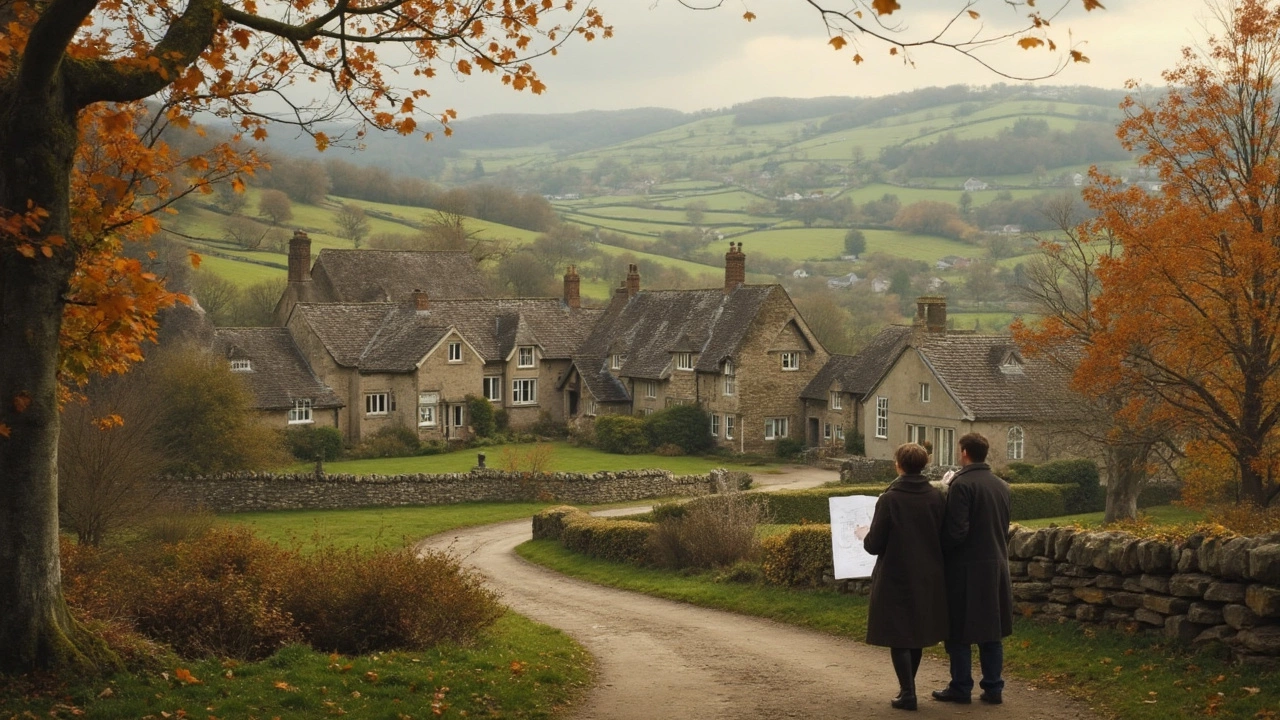Deciding between wallpaper and paint for your walls isn't just about aesthetics—it's about cost too. While wallpaper can seem expensive upfront, the long-term savings might surprise you. We break down the initial investment, maintenance, and durability of both options to help you make an informed decision. Find out which is the most budget-friendly choice for your home decor project.
Cost Comparison Made Simple: Quick Ways to Get the Best Price on Home Projects
When you’re planning a loft conversion, a new kitchen, or even a fresh sofa, the biggest question is always – how much will it really cost? The answer isn’t a flat number; it depends on size, materials, location and the tradespeople you hire. Below you’ll get a no‑nonsense roadmap to break down those variables and compare prices like a pro.
Step 1 – Gather Real Numbers From Multiple Sources
Start by pulling quotes from at least three reputable suppliers or contractors. For a loft conversion, ask for a per‑square‑metre rate, a breakdown of structural work, and any consent fees. In a kitchen fitting, request separate costs for cabinets, appliances, labour and waste disposal. While it might feel like extra work, having three sets of numbers lets you see the spread and spot outliers right away.
Don’t forget to check online price guides too. Sites that track average costs for sofas, storage units or bathroom accessories give you a baseline. Compare those averages with the quotes you’ve collected – if a quote is far below the market range, ask what’s being cut.
Step 2 – Normalize the Data So It’s Easy to Compare
Once you have the raw numbers, put them on the same footing. Convert everything to a per‑square‑metre or per‑item basis. For example, if one loft conversion quote is £25,000 for a 50 m² space and another is £30,000 for 55 m², calculate the cost per m² (£500 vs £545). This reveals the true cost difference without the distraction of total project size.
Do the same for furniture. If a corner sofa costs £1,200 and a regular three‑seat sofa is £900, factor in the extra seating capacity and dimensions. A storage unit that holds a King‑size bed might cost more, but if it saves you a second unit, the per‑cubic‑metre cost could be lower.
Finally, add any hidden fees – delivery, waste removal, permits, or insurance. These can add up to 10‑15% of the base price, so include them in your final comparison table.
Step 3 – Evaluate Quality and Longevity
Cheapest isn’t always best. A low‑cost bathroom tile might need replacement in five years, while a slightly pricier option could last 20. Look at warranty periods, material specs and reviews. For structural work like foundation repair, durability is non‑negotiable – a £2,000 discount won’t matter if the fix fails after a year.
When comparing sofas, check frame material, cushion density and fabric wear ratings. A higher‑end sofa may cost more now but could save you money on re‑upholstering later.
Step 4 – Use a Simple Decision Matrix
Create a table with columns for Price, Quality Score, Warranty, and Estimated Lifespan. Assign each factor a weight that matters to you – maybe price 40%, quality 30%, warranty 20%, lifespan 10%. Multiply the scores and add them up to see which option scores highest overall.
This method works for any cost comparison – from a 10x10 storage unit to a full house build. It takes the guesswork out and gives you a clear, data‑driven answer.
Remember, the goal isn’t just to spend less; it’s to get the most value for what you pay. Follow these steps, keep your numbers tidy, and you’ll walk away with a project that fits your budget and lasts for years.
Deciding whether to build a new home or buy an existing one is a crucial financial decision. With fluctuating real estate markets and construction costs, it isn’t easy to pinpoint which option saves more money. This article breaks down the current trends in home construction and buying, gives practical advice on cost considerations, and explores the potential savings and risks of building your own home right now.

